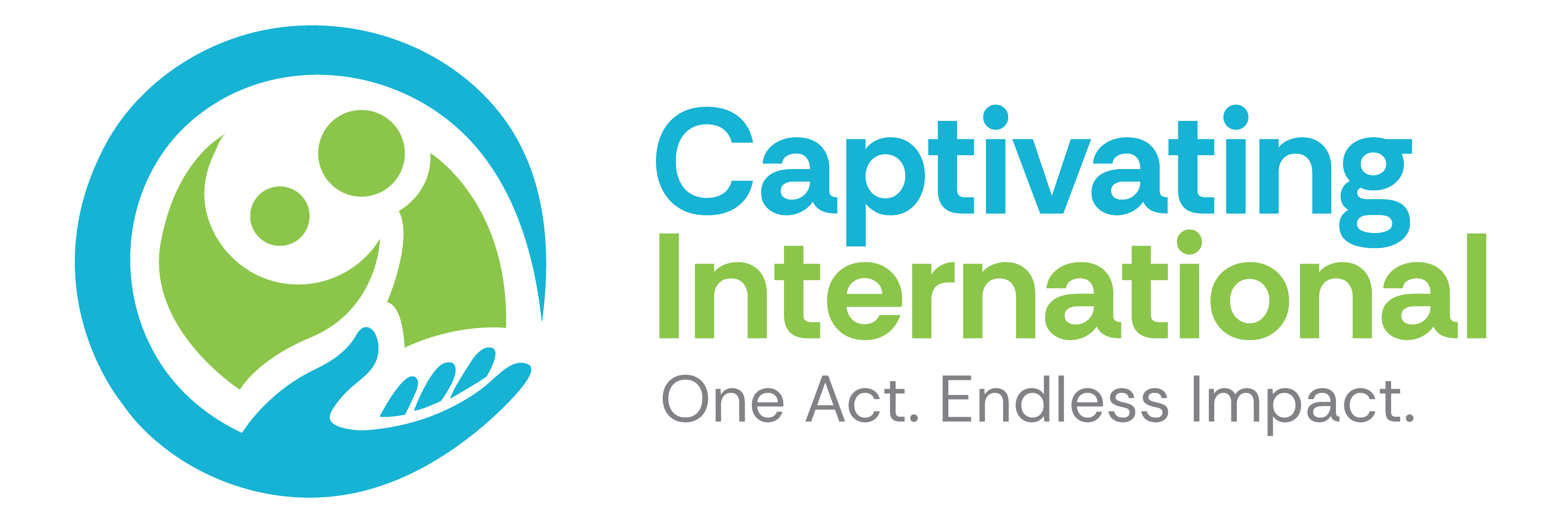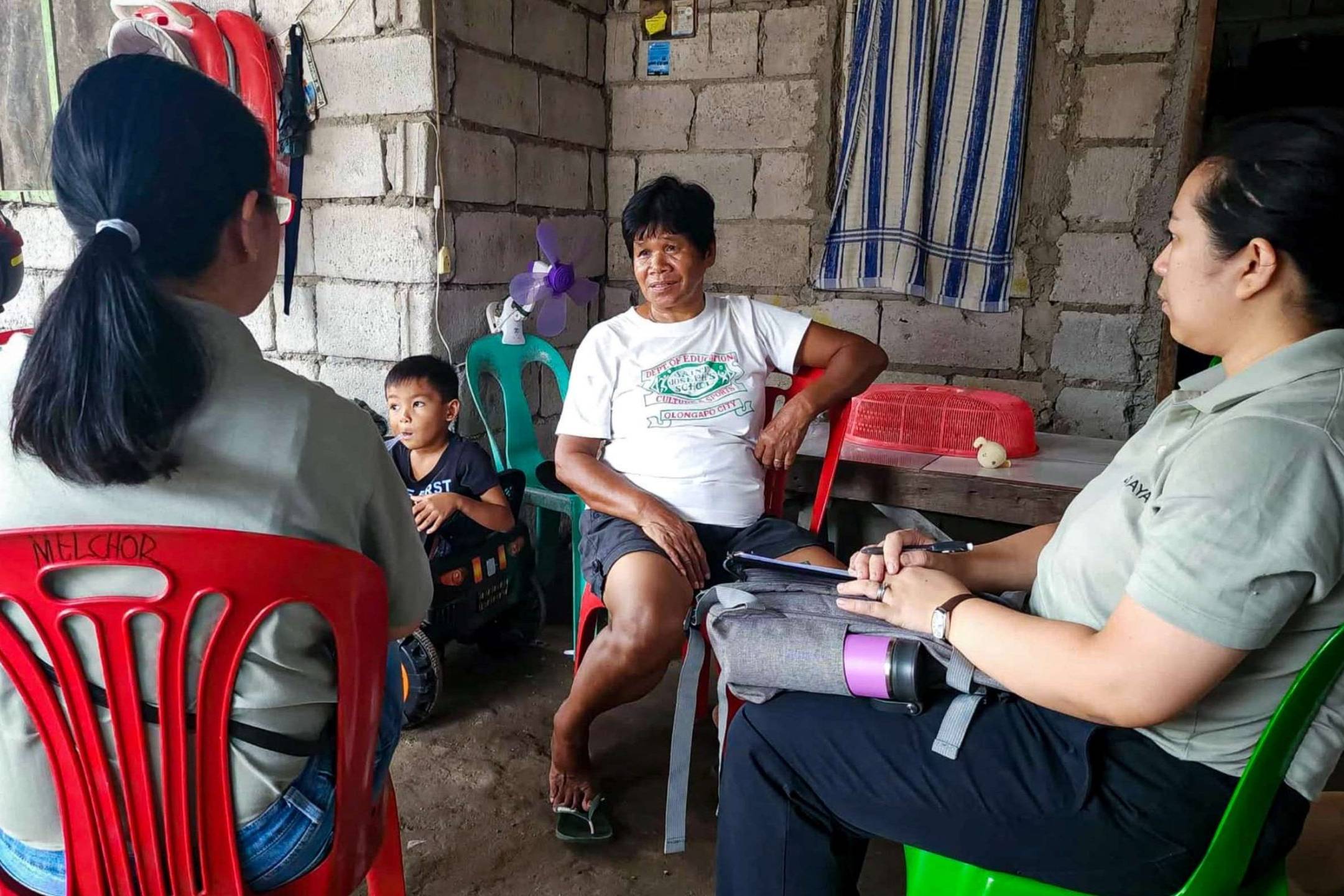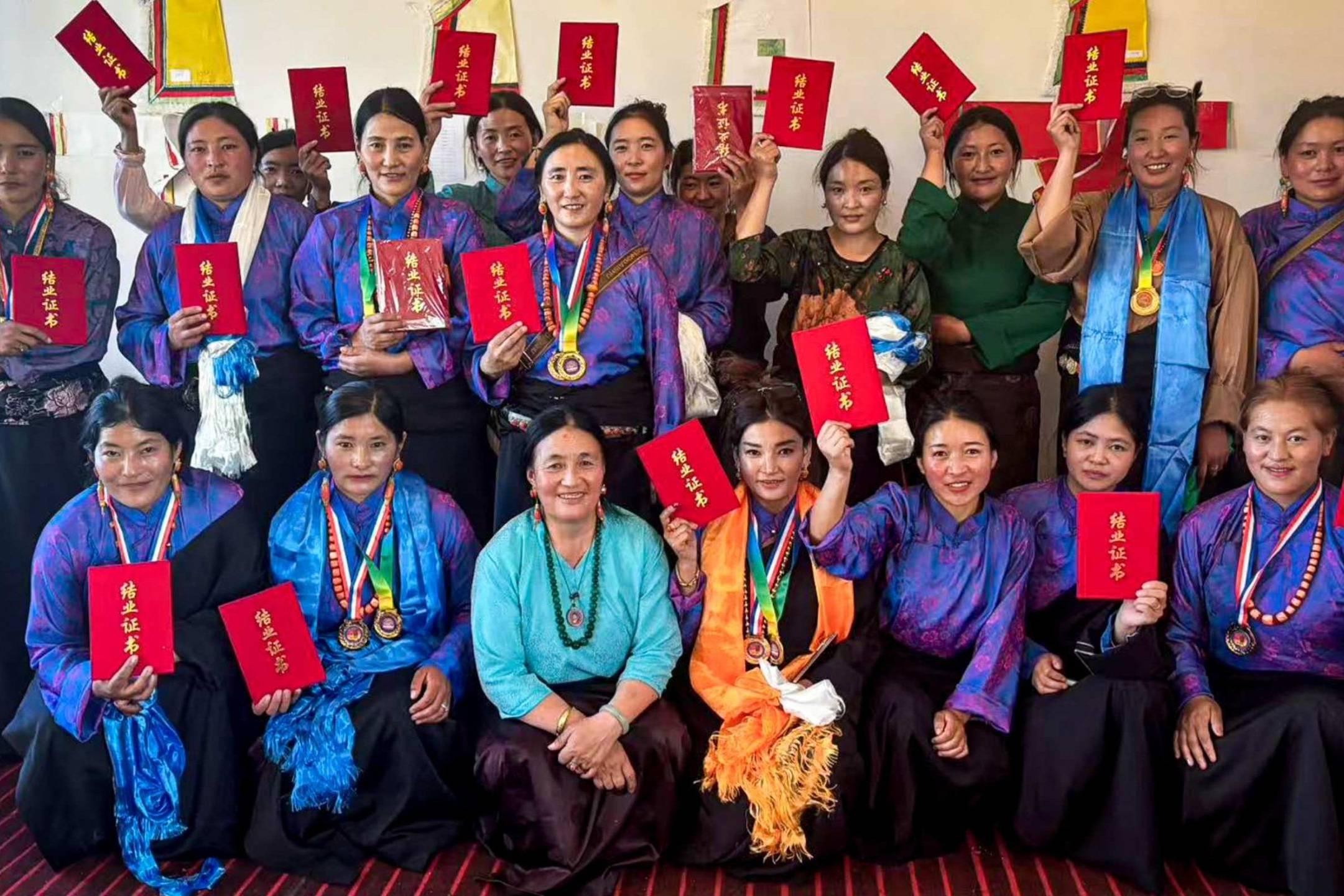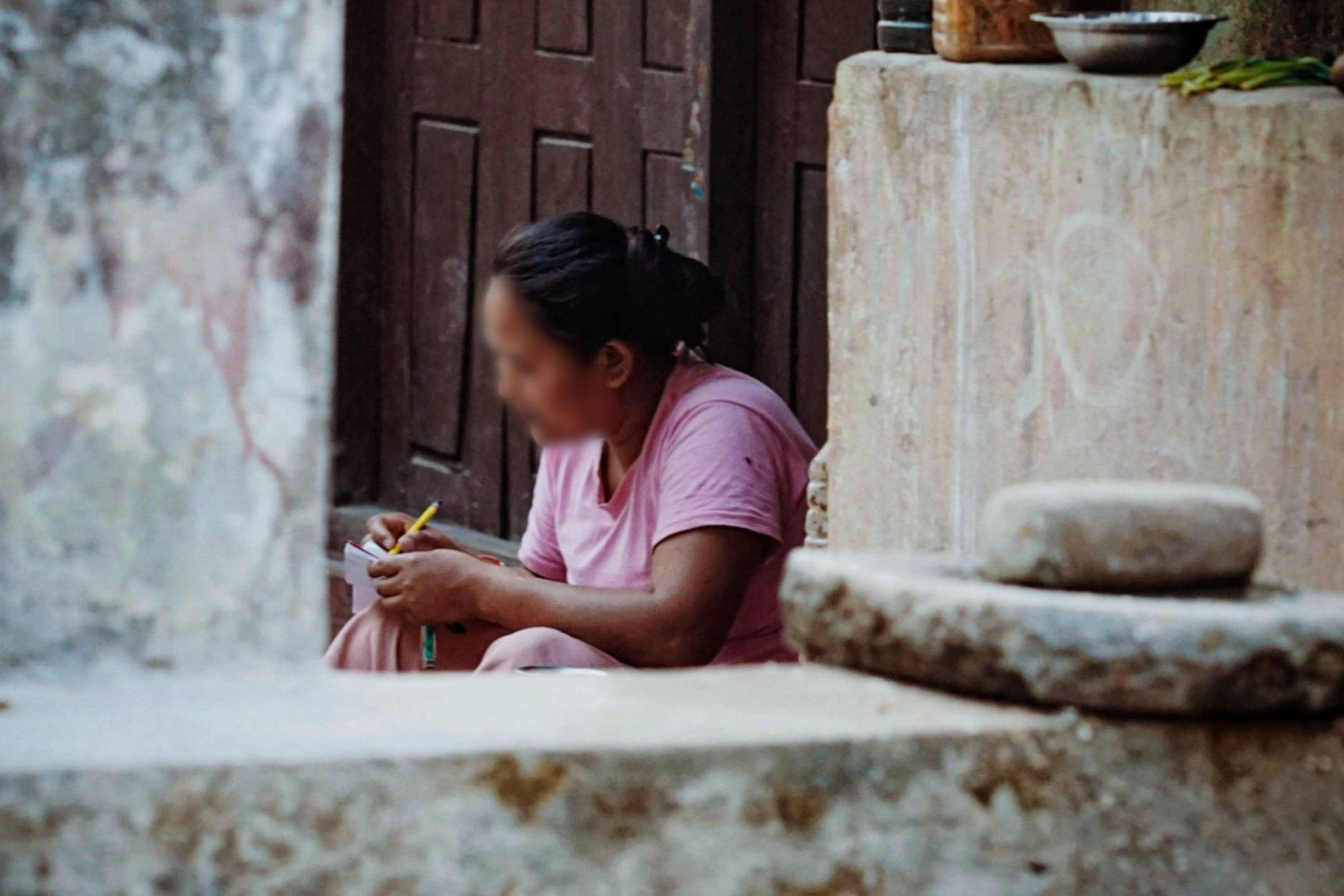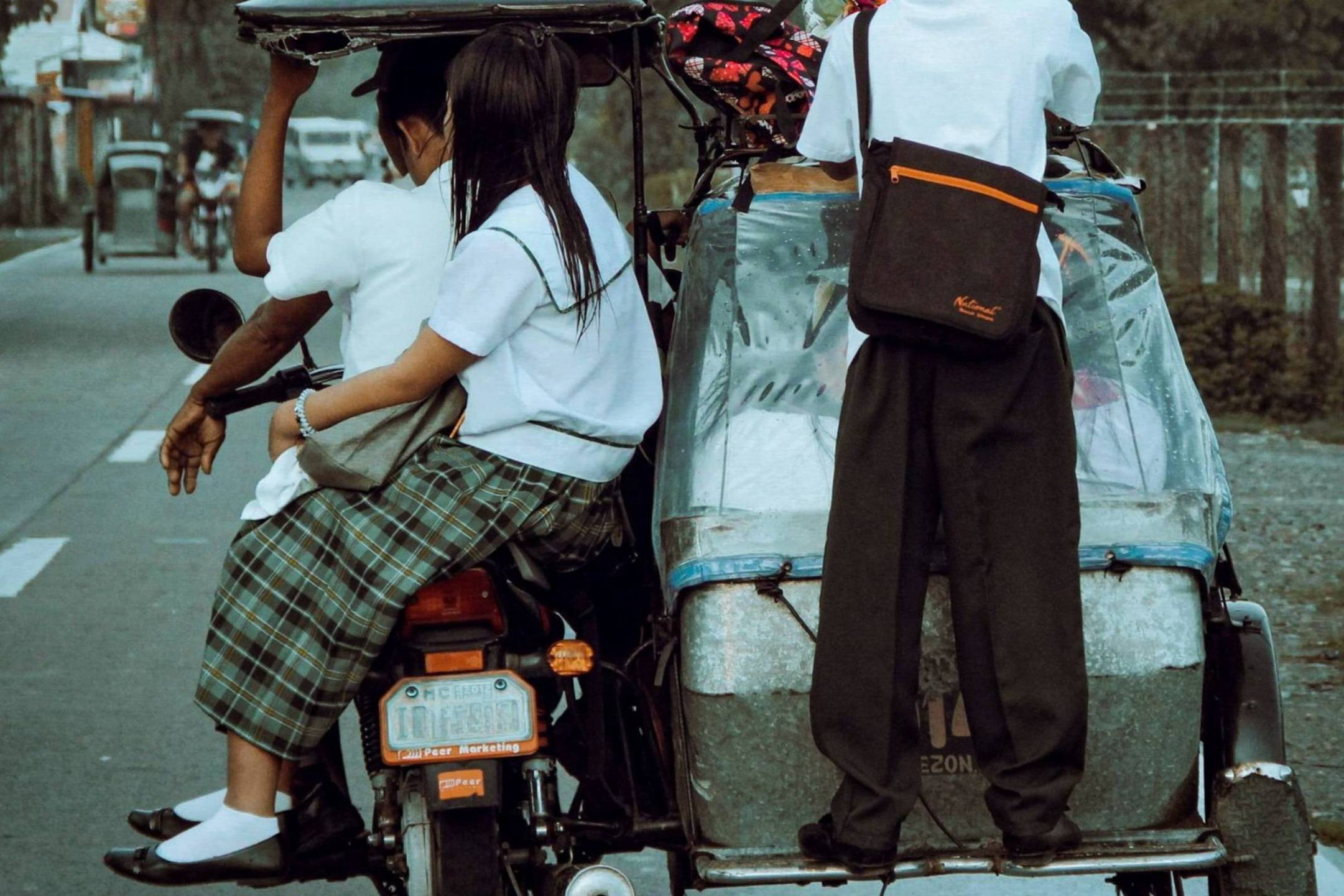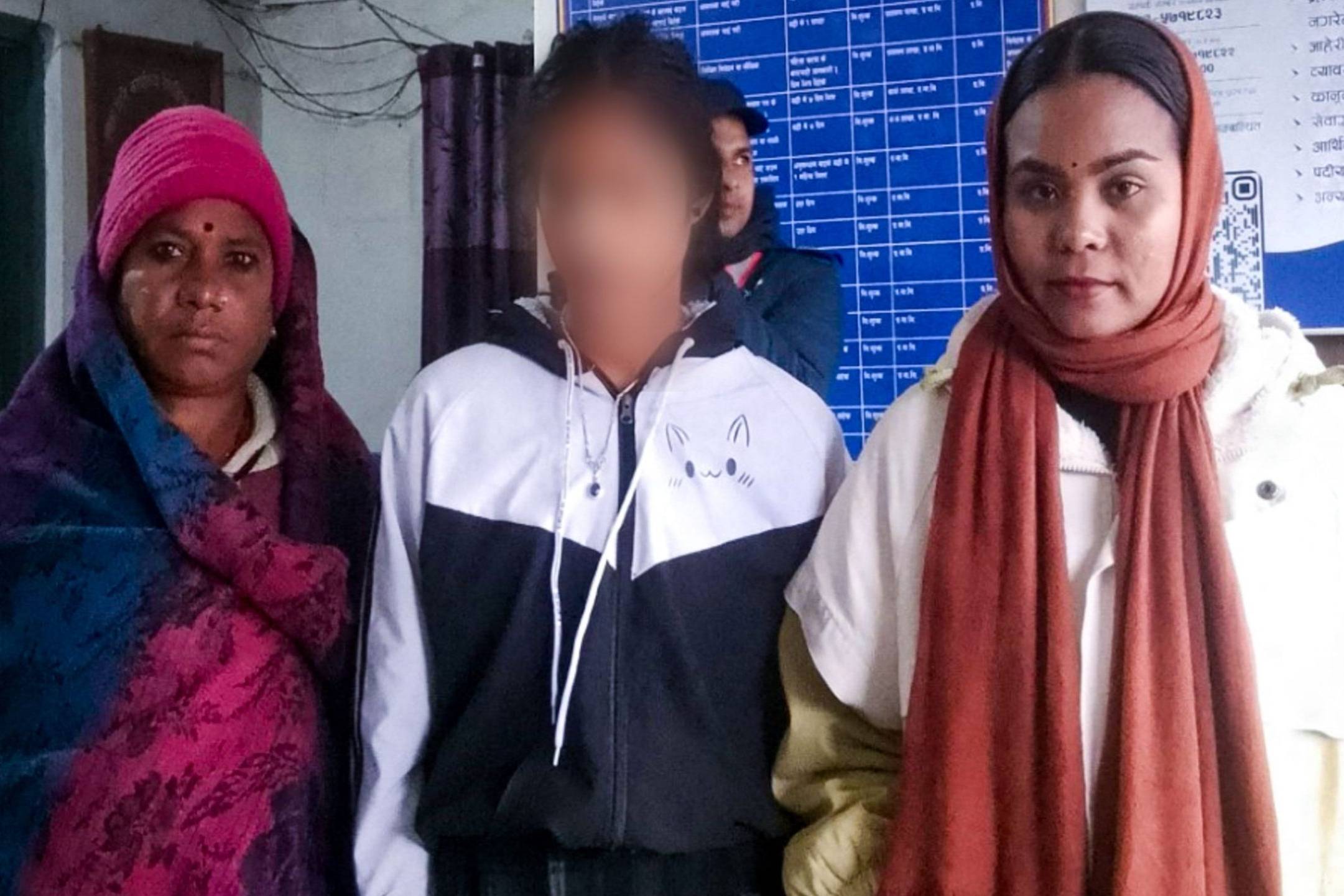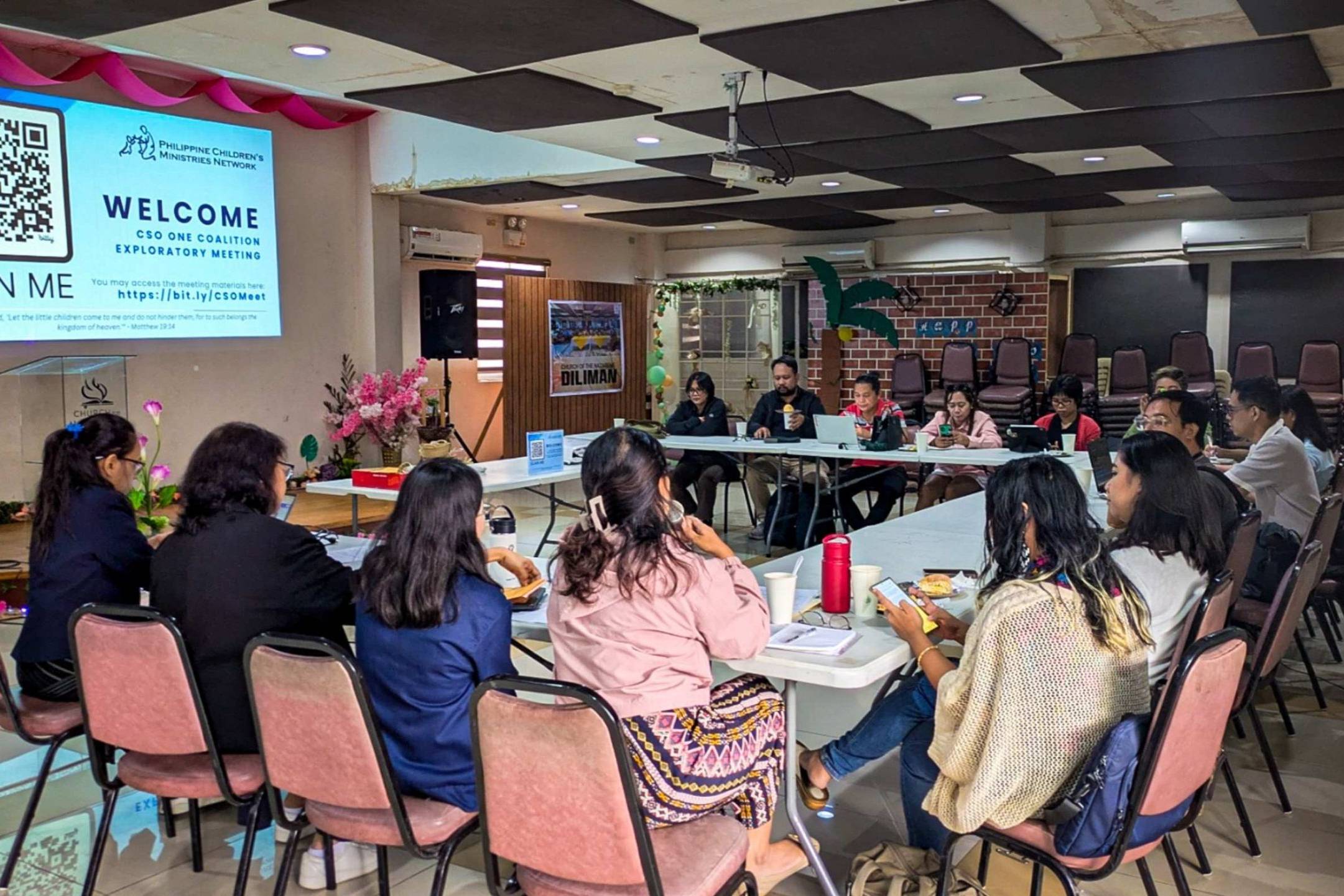Human trafficking prevention, interception, and rescue are at the forefront of our work in Captivating International. When people think about human trafficking, they think of modern-day slavery—which is the truest and most straightforward way to put it. Around 27.6 million people are human trafficking victims worldwide, according to US Department of State data. When you think about all the anti-slavery movements in the past, you’ll know that our modern-day humanity still has a long way to go.
Whether you are worried that someone you care about might be vulnerable to human trafficking or you’re just seeking more awareness about this crime, you must first know what constitutes human trafficking. This article will tackle its definition, types, and identify who are vulnerable.
Human Trafficking Definition
One may have an inkling about what human trafficking means, but what is its definition? According to the United Nations, Human Trafficking is the “recruitment, transportation, transfer, harboring or receipt of people through force, fraud or deception, with the aim of exploiting them for profit.”
This heinous crime is not a one-man job, as organized crime groups typically enact them. Sometimes, a human trafficking victim can be used as a “recruiter” to traffick more individuals—making it a much more complex problem. To successfully traffick someone, there are other illicit acts involved to make it successful. Migrant smuggling or people smuggling, document fraud, and cybercrimes are just to name a few.
Anyone can be a victim of human trafficking. But most of the time, traffickers target the more vulnerable individuals in their race, gender, social class, etc. These malignant actors don’t see their victims’ lives as their own but only as a resource to be exploited.

What are The Types Of Human Trafficking?
There are various motivations for Human Trafficking, and these are the most common ones, according to The International Criminal Police Organization (Interpol.)
- Sexual Exploitation
You might have heard it before: sex sells. Literally. Human trafficking for sexual exploitation typically targets women and children from around the world. The victims are typically lured from their hometowns and then harbored overseas to deprive them of their travel and identification documents.
There are various types of sexual exploitation, and one of those is the infamous Jeffrey Epstein’s pedophile island. Sex sells, and these vulnerable women and children are paying the real price. - Forced Labor
Human resources is one of the priciest assets in businesses, and sadly, some business owners only see human lives as a resource rather than well, lives. Victims are then transported to various areas of the world where they are forced to work in unsafe working conditions with little to no pay and no labor protections. - Forced Criminal Activities
Just like forced labor, illegally-operating businesses need human resources, too. We mentioned earlier that human trafficking victims can also be the ones doing the trafficking. Criminal organizations will entrap and coerce victims for theft, scam or fraud, drug deals, human trafficking recruitment, and more. - Organ Removal
Medical procedures that require organ transplants may not be easily accessible in most countries due to long waiting lists. Criminals will then feed on other people’s desperation for treatment by “harvesting” human organs from unwilling victims.
Who are Vulnerable To Human Trafficking?
There is no one “look” of a human trafficking victim because anyone can be at risk. However, some people are more susceptible to risk than others. Since traffickers see humans as a resource, they are likely to target younger people for their health.
Racial and ethnic minorities are also more at risk because they are more likely to experience poverty and, hence, easier to lure with false job and migration opportunities. Aside from these minority identities, traffickers are likely to take advantage of the desperate. Those who are homeless, runaways, and out of school are just to name a few.
It’s not entirely predictable who will be trafficked, but learning the likeliness of victimhood can help in helping solve or mitigate the likelihood of this vast, malevolent mess.
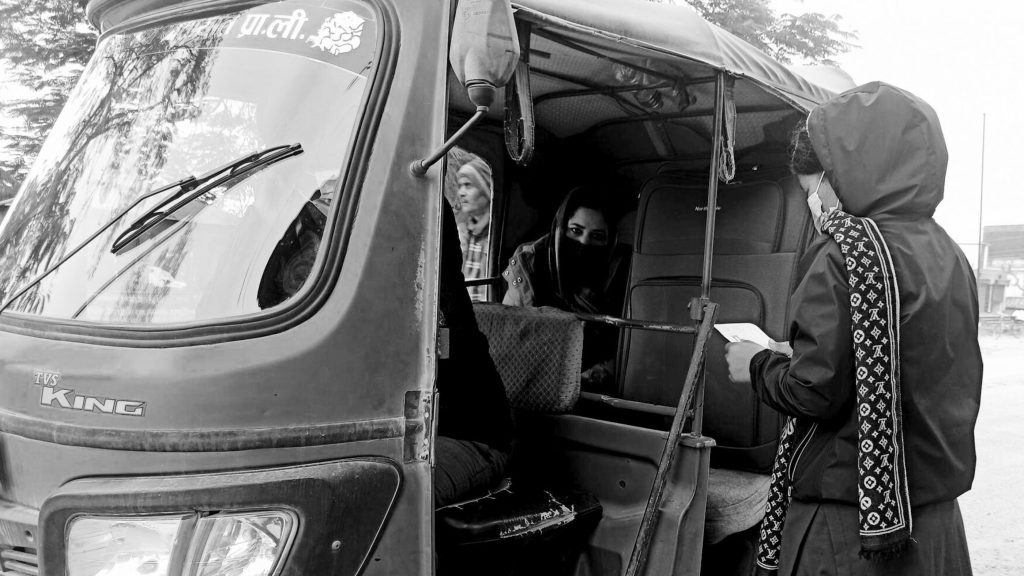
How To Help
Human trafficking is a complex problem where there is no one end-all-be-all solution that can stop it. However, you can help lessen the chances of it happening in some ways.
- Researching and spreading the word
If you want to advocate against human trafficking, you must start with educating yourself first. Reading this article is a good start, and reading stories about victims can help you gain context and clarity about what happens in real life. The next step is to spread the word to others. Tell your family, friends, and colleagues. - Donating to nonprofit organizations
Captivating International is an anti-trafficking organization. Our work in Nepal involves educating girls, empowering women through entrepreneurship, and intercepting girls at the border before they are gone forever. - Shopping Responsibly
E-commerce has revolutionized the way we shop. You can now purchase any apparel, furniture, or cosmetics you want from the comfort of your own home with affordable price tags. But when something is too affordable, someone else is paying the price. Research your favorite brands’ ethical standards before hitting checkout, and it will make a lot of difference. - Report incidents
If you think someone was trafficked or is currently at risk, call the human trafficking hotline for immediate action. You may also alert your local authorities for added help.
US: 1-888-373-7888
Australian Federal Police: 131 AFP (237)
Conclusion
Human trafficking is a product of multiple layers of oppression, including poverty, gender discrimination, unjust labor practices, and so much more. This crime may look different depending on the type. But in a nutshell, they all serve the greedy while neglecting human lives.
There are various ways to help the victims and potential victims of human trafficking. One of our solutions at Captivating International is to help educate those who are at risk, intercept those who show signs of human trafficking at the border, help mothers build their businesses to reduce desperation, and so much more.
Learn more about what we do to stop human trafficking by learning more about our projects. Or donate to save a girl’s life today.
STORIES OF INSPIRATION
30 October 2025
Marites and Aurora: Whether Storms Through Microfinance
Through our One Hope Microfinance Program, Marites and Aurora built safer homes, stronger…
0 Comments4 Minutes
30 October 2025
Betrayal Is A Hard Pill To Swallow: Tina’s Story
Denied an education and married off young, Tina faced abuse and betrayal, but when…
0 Comments4 Minutes
30 October 2025
2025 Husky Energy Tailoring Skills Program Graduation
56 women graduated from the Husky Energy Tailoring Skills Program, turning new skills…
0 Comments5 Minutes
28 October 2025
A Night of Hope & Giving: The 17th Annual CAPTIVATING Charity Auction
On October 11, 2025, 415 compassionate hearts gathered for the 17th Annual Captivating…
0 Comments6 Minutes
16 October 2025
A Daughter and A Mother’s Sacrifice
After years of abuse and hardship, Vanita nearly fell victim to trafficking, but our…
0 Comments2 Minutes
16 October 2025
Bright Light After School Bullying
After facing bullying, Jenny found strength to return to school with our Manila Slum…
0 Comments2 Minutes
15 October 2025
A Handful Wildflowers: Teacher Wan Weicheng
In a mountain village, volunteer teacher Wan Weicheng (20) teaches with heart, inspired…
0 Comments3 Minutes
14 October 2025
Playing Fire With ‘Free Fire’: Muna’s Story
At 16, Muna nearly fell into a trafficking trap via an online game, but she’s now safe,…
0 Comments3 Minutes
12 October 2025
Strengthening Policy Efforts Against OSAEC
We joined Quezon City’s first child protection coalition with IJM, World Vision & ECPAT…
0 Comments1 Minutes
